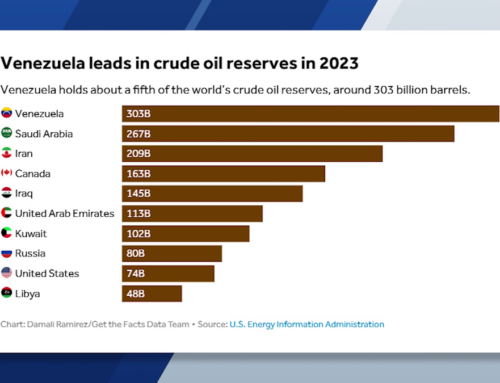3 reasons you should start investing in bonds
April 21, 2025
Beginning to invest in the bond market (^TYX, ^TNX, ^FVX) comes down to having an understanding of one’s financial goals. Schwab Center for Financial Research fixed income strategist Cooper Howard joins Wealth to give insight on creating a bond investment strategy, highlighting the top three reasons people should consider investing in the bond market.
To watch more expert insights and analysis on the latest market action, check out more Wealth here.
00:00 Speaker A
Let’s say someone is not currently invested at all in the bond market. You say the why is critical to start investing. So why? Why do you want to get into the bond market?
00:17 Speaker B
That is. The why is critical and it’s akin to say if you were planning a road trip, well, where is your destination? That’s the critical point of it and that’s applicable to the fixed income markets as well. So really what we like to look at is there’s kind of three reasons why you should invest in bonds. Um they can overlap, so they oftentimes do overlap. We like income, diversification, and then capital preservation. And if you define what that goal is, then that’s really going to lead you towards what types of bonds you should be investing in, and then also where on the yield curve. And that’s just another fancy way or fixed income jargon way of saying, how far out in maturity should you be investing?
01:26 Speaker A
And so, the next one, what about income? What if you’re investing for diversification, but also trying to make sure that you’re looking across what the income component looks like as a part of all this.
01:52 Speaker B
Yeah, so that’s one that we oftentimes find with a lot of our investors, especially those who are in retirement are geared more towards an income bent. Uh what we suggest is usually about the bulk of your portfolio should be in higher rated investments. Think things like US Treasuries, investment grade corporate bonds, investment grade municipal bonds. And then from there, if you’re a little bit more of a risky investor Brad, we suggest no more than 20% of your fixed income portfolio into aggressive income sectors. Those are going to be things like high yield corporate bonds, emerging markets, preferred securities, tends to be that they have a little bit more volatility, they’re also more correlated, they move more closely with the direction of equities. So you’re not getting as great of diversification benefits, but you are boosting up that overall yield in a portfolio. So we think that again, stick the bulk of your portfolio or stick to the bulk of your portfolio in highly rated investments and then consider adding some of those aggressive income sectors on top of that.
03:22 Speaker A
How does that change depending upon what generation or age group you find yourself in? And of course, what I’m alluding to is how close you are perhaps to retirement and ultimately need to have a little bit more of a stable strategy to your portfolio versus one that is taking on more risk.
03:58 Speaker B
Yeah, that that’s a great question. And I think what you want to look at from that lens is you want to look at it from the lens of what is your risk tolerance as well as what is your risk capacity. So those are two separate things. So risk tolerance would be something like if I open my account and I see that it’s negative for the day, how does that make me feel in my stomach? Do I get a big stomach drop in that sense? Um risk capacity is how much can I afford to experience a loss in my portfolio before it would begin to create kind of issues with my retirement income spending or other parts of my regular life. So when it comes to risk capacity, what we generally suggest is have enough money to support your spending for one year and keep that in something that’s relatively liquid, relatively safe, something like a cash account, a savings account, money market funds, for example. And then from there, the next two to four years of investment should be in high credit quality short-term investments. That way you know, even if you experience a downturn in the market, you have enough money to support current spending in terms of your short-term allocation and your cash allocation, and then you begin to build out the rest of your bond portfolio depending on both what your risk tolerance is and then your capacity.
Terms and Privacy Policy
Search
RECENT PRESS RELEASES
Related Post




